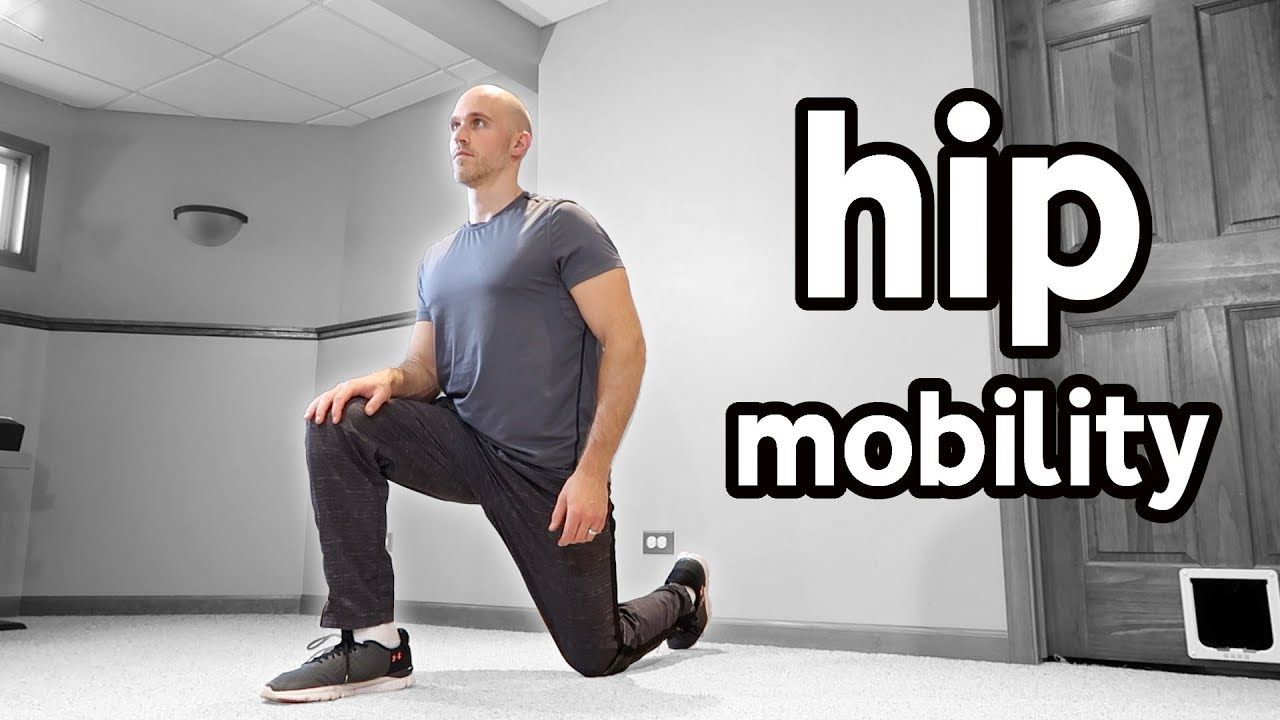
Calisthenics is a form of exercise that utilizes bodyweight movements to build strength, endurance, and overall fitness. One important aspect of calisthenics training that is often overlooked is mobility and flexibility.
Mobility refers to the range of motion around a joint, while flexibility refers to the ability of muscles to stretch. Both of these components are crucial for performing dynamic movements with proper form and reducing the risk of injuries.
The Importance of Calisthenics Mobility
In calisthenics, many movements require a wide range of motion in multiple joints. Without adequate mobility, performing exercises like pistol squats, handstands, or advanced variations of push-ups becomes challenging or even impossible.
Moreover, limited mobility can lead to compensatory movements, which put stress on other parts of the body and increase the risk of injury. By prioritizing mobility training, you can optimize your movement patterns and enhance your overall calisthenics performance.
Benefits of Flexibility Training
Flexibility training is a crucial aspect of mobility development. Regular flexibility exercises not only improve joint range of motion but also increase muscle extensibility, allowing a greater stretch during movements.
Some benefits of flexibility training for calisthenics include:
Improved body control and coordination
Enhanced muscle strength and power
Reduced muscle soreness and improved recovery
Increased joint stability and injury prevention
Improved posture and spinal alignment
Flexibility training should be incorporated into your calisthenics routine to complement strength and skill development.
Types of Flexibility Exercises
There are various types of flexibility exercises that can be incorporated into your calisthenics training. Some popular ones include:
Static Stretching: Holding a stretch position for a certain duration, targeting specific muscles or muscle groups. Examples include calf stretches, hamstring stretches, and chest stretches.
Dynamic Stretching: Moving through a full range of motion in a controlled manner, often mimicking the movements of the activity you are about to perform. Examples include leg swings, walking lunges, and arm circles.
Active Isolated Stretching: Holding a stretch for a few seconds, then releasing and repeating the process. This type of stretching helps to improve flexibility without triggering the body’s protective stretch reflex.
Proprioceptive Neuromuscular Facilitation (PNF): This involves a combination of stretching and contracting the targeted muscle. PNF stretches can be done with a partner or by using resistance methods.
It is essential to perform flexibility exercises with proper form and technique to avoid injury. It is also recommended to warm up before starting any flexibility routines to prepare the muscles for stretching.
Incorporating Mobility Training into Your Calisthenics Routine
Adding mobility exercises to your calisthenics routine can significantly enhance your performance. Here are a few tips on how to incorporate mobility training:
Warm-up: Begin your workouts with a dynamic warm-up routine that includes joint rotations, leg swings, and arm circles.
Cooldown: After each workout, dedicate a few minutes to static stretching to promote muscle recovery and flexibility improvements.
Mobility Workouts: Designate specific days or sessions solely for mobility training. Focus on areas of restricted mobility and perform exercises that target those specific joints and muscles.
Progressive Overload: Similar to strength training, gradually increase the intensity and duration of your mobility exercises over time to continuously challenge your range of motion.
Listen to Your Body: Pay attention to how your body responds to different mobility exercises. Adjust the intensity, duration, or technique accordingly to avoid overstretching or straining your muscles.
By incorporating mobility training into your calisthenics routine, you will not only improve your overall performance but also reduce the risk of injuries and enhance the longevity of your training journey.
Conclusion
Mobility and flexibility training are essential components of any calisthenics regimen. By prioritizing these aspects, you can enhance your range of motion, improve your movement patterns, and decrease the risk of injuries.
Remember to start with a proper warm-up, incorporate different types of flexibility exercises, and listen to your body’s response. With consistent effort and dedication, you’ll experience the benefits of calisthenics mobility training in your dynamic movements and overall fitness level.